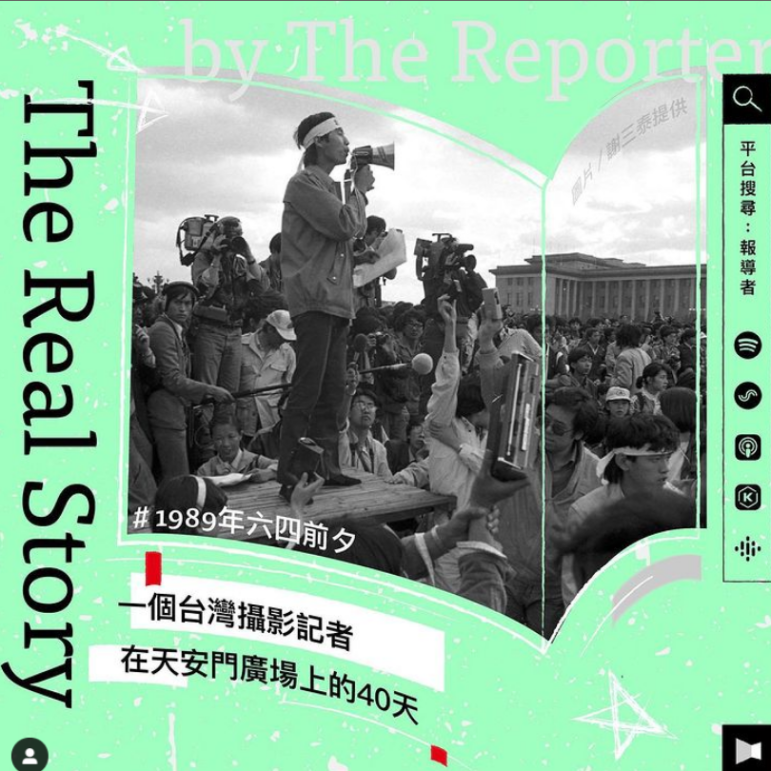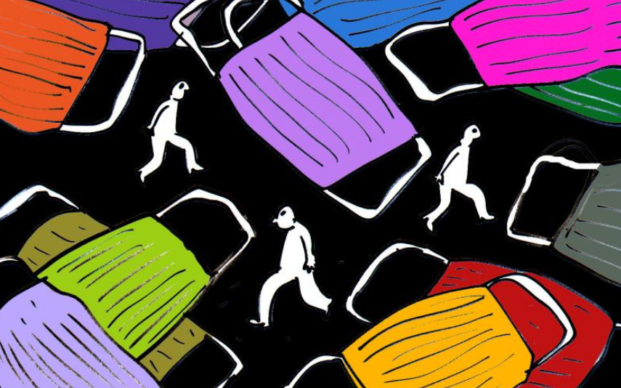Resource
Tips for Building a Database for Investigations
Whether investigating human rights abuses, money laundering, or even public officials’ conflicts of interests, reporters are increasingly developing their own databases for investigative projects. Here are a series of tips drawn from the experiences of a number of international journalists and from the author’s personal experience gathering and creating data sets for investigative stories.










